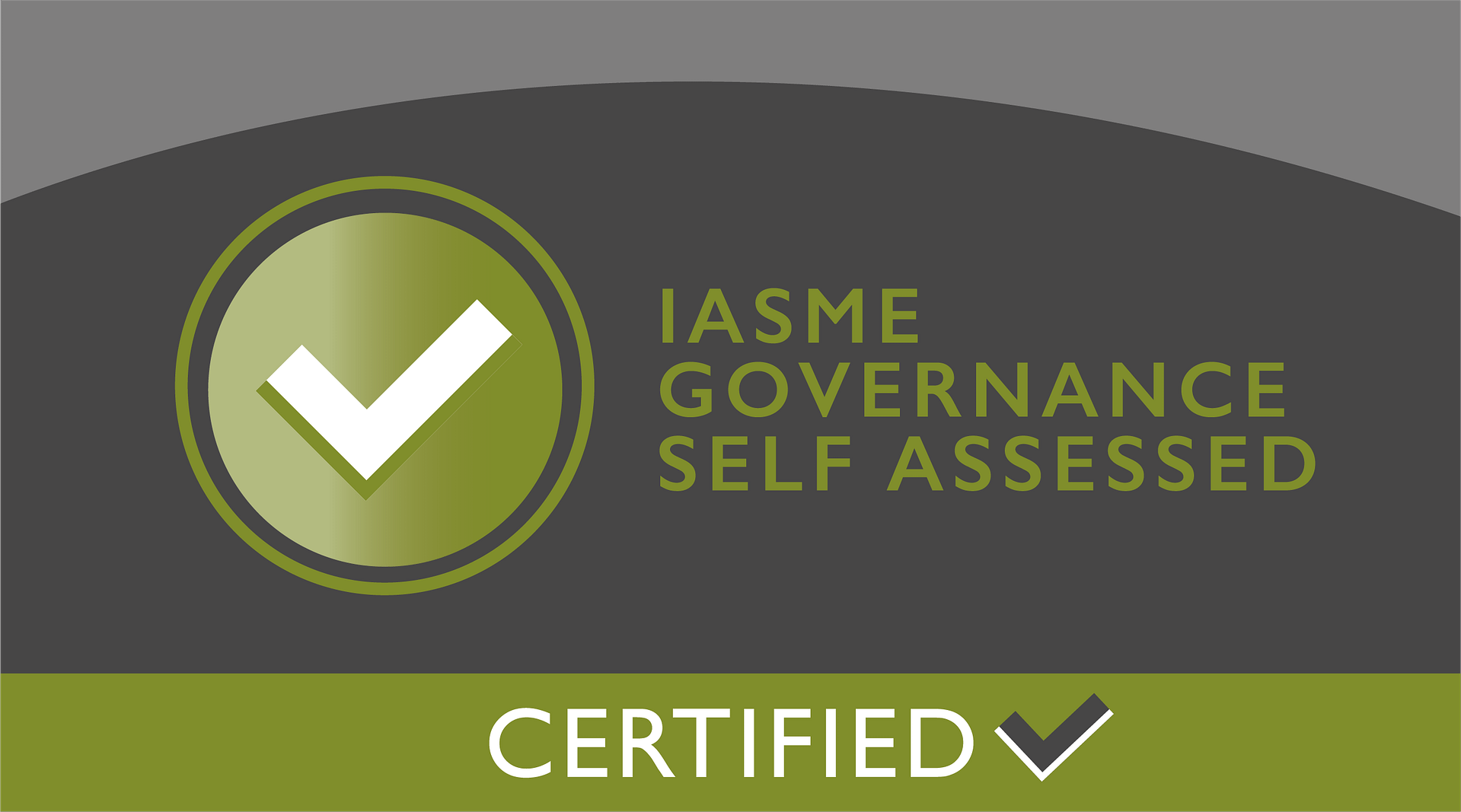Most businesses are not backing up their data appropriately. If they suffer a data-loss event, they risk losing the ability to run processes that rely on that data.
This is worse than just a slowdown or temporary roadblock – loss of core processes can quickly overwhelm a business’s ability to survive. Hence when we talk about backing up data, what we are really talking about is protecting the ability to continue in business. This is why it is extremely important to understand the term business continuity.
Having a business continuity solution means having a plan. Not just backing up data and hoping for the best, but actually knowing which data is essential to core business processes, storing it in ways that ensure redundancy, and having a system for restarting the processes that use it.
A business with a continuity plan can suffer unscheduled downtime or a data-loss event and recover within minutes, rather than the hours or days required with traditional backup and recovery methods, if recovery is possible at all.
Some essential terminology here is RPO and RTO. Put simply, these are parameters that determine how much data a business can lose and how long they can be out of operation before there are significant business impacts, or business survival is threatened.
Microsoft 365 data
Microsoft is a SaaS provider, but due to the popularity and all-encompassing nature of Microsoft 365, it deserves its own category.
| High risk | Average risk | Low risk |
|---|---|---|
| On premises backup to consumer-grade hard drive | Network attached storage (NAS) device | Business class backup server |
| On premises backup only, no off site redundancy | Backups on premises and at an IT service provider’s facility | On premises and business class cloud backup data center |
| No backup archive, unable to go back in time for restoration | One backup conducted nightly | Backup frequency based on the amount of change in the data being backed up |
| No written data protection plan | Basic general backup and recovery process documented | Complete and customised documented business continuity plan, with maximum acceptable amount of data loss and maximum tolerable amount of time needed to bring all systems back online after a data failure (RPO and RTO) |
| On premises backup of raw data, file only backup | File restoration available, but no full server image restoration options | Full server image backups able to immediately recover systems onto a redundant backup server, new hardware or virtual cloud server |
| “Self-service” backup and recovery, no support availabl | Help desk ticket submission available, but no SLA recovery response plan times stated | Full active support desk adhering to critical SLA recover plan times |
| No person responsible for backup monitoring, reporting, and troubleshooting | Backup system installed by an IT service provider, but no proactive testing or ongoing management | Regularly scheduled engineer who reviews, tests, and documents backup and restoration capabilities |
| No active backup testing of files and systems | File and system restoration based on user requests | Regularly scheduled on premises and cloud backup restoration testing |
Business continuity services
A solid business continuity service will typically apply three core approaches.
The first is using hybrid data security – keeping multiple copies of data in different locations offline and in the cloud. Backup frequency is defined by the client’s RPO and RTO requirements, and includes complete server image backups. This gives the ability to restore any data item, from almost any point in time.
The second approach is to prioritise Microsoft 365 and other SaaS platform backups. Cloud computing services will only increase in popularity, given their ability to reduce or eliminate on premises maintenance costs and deliver enterprise-grade technologies to smaller businesses. Backing up data from SaaS platforms will give complete control to the user and ensure quick and complete return to operations if disaster strikes.






